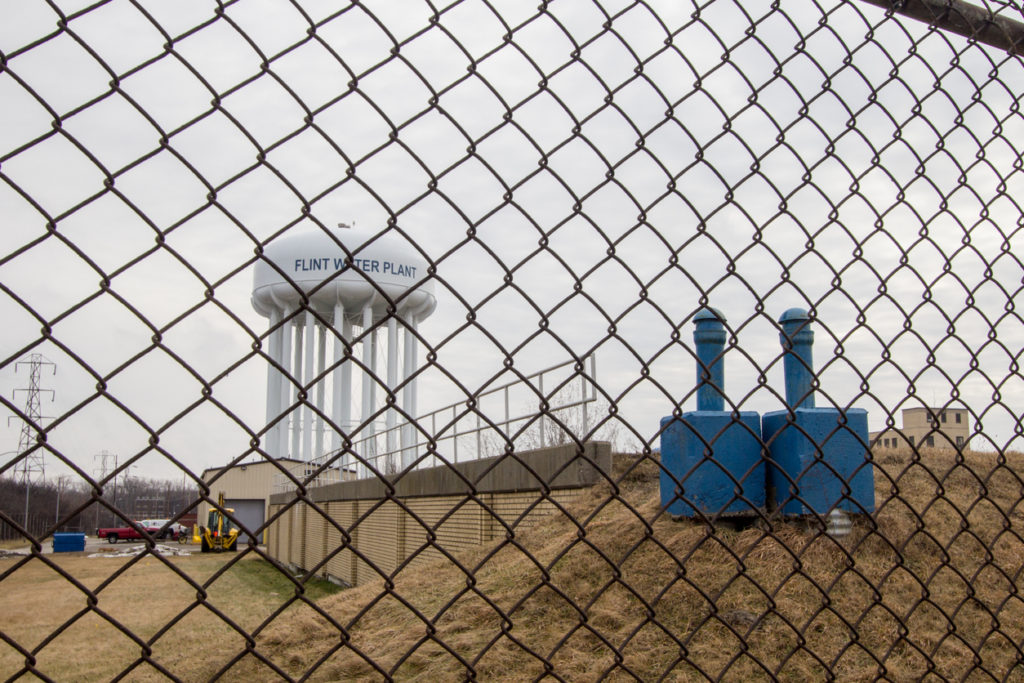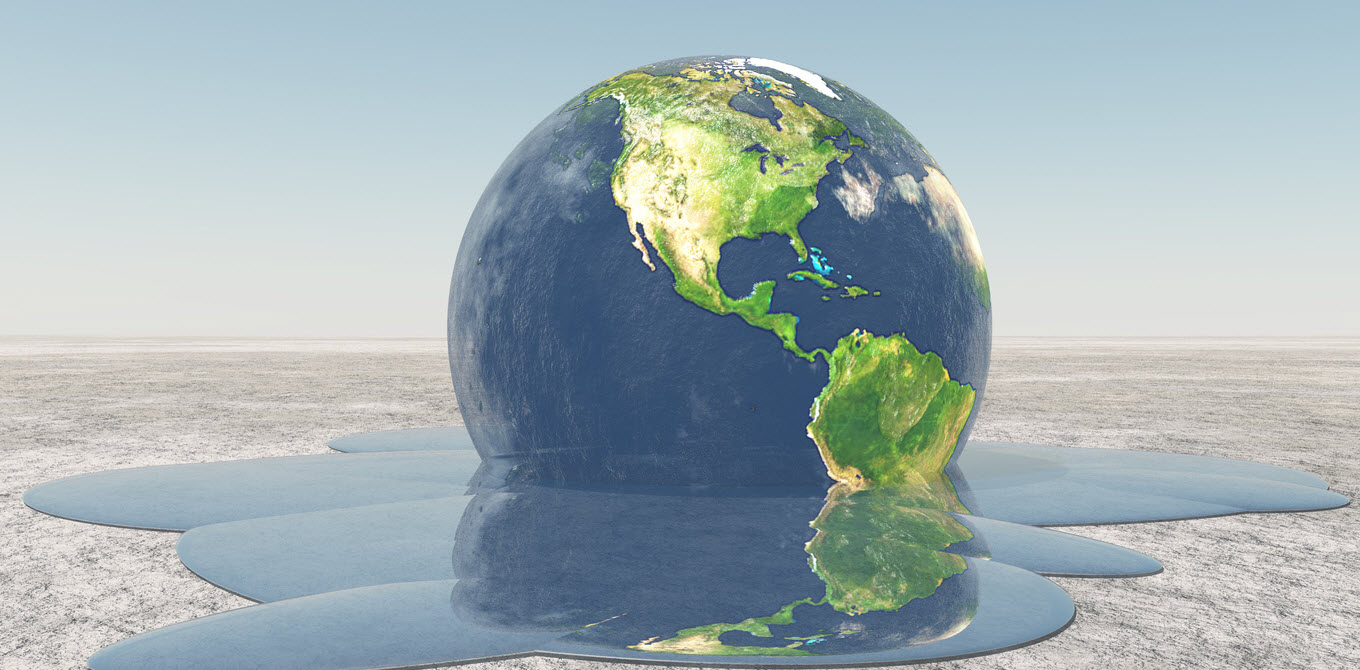| By Gale Staff |
Covering about 70 percent of the Earth’s surface, water is the most important raw material and critical resource for all humans―regardless of class, culture, or location. It is so critical to human health and well-being that the United Nations has deemed it a human right, recognizing that those unable to access adequate amounts of fresh water are at increased risk of lethal illness, food insecurity, and substantial socioeconomic deprivation.
Due to its abundance and importance, water management is considered one of the critical challenges facing humanity in the twenty-first century. The World Wildlife Fund estimates that over 1 billion people struggle to source safe drinking water, while 2.7 billion people endure water scarcity for at least one month annually. The lack of clean drinking water will continue to be one of the greatest humanitarian crises in the coming years. Water scarcity is recognized as one of the most significant future threats to global pandemic response efforts, causing some countries to take risk-mitigation measures.
Recent Water Crisis Events
In the Northern Hemisphere, the summer month of August brings with it water-use restrictions in places like Europe and the United States, as well as monsoons and flooding in portions of Asia, potentially causing groundwater contamination. Last month (July 2022), European countries suffered from hotter-than-usual temperatures, highlighting some of the many adverse and potentially life-threatening situations occurring across the globe. Government drought warnings and water restrictions were issued. Wildfires raged through Portugal. At the same time, calls to reduce the effects of artificial climate change and global warming are going unheeded.
Climate Change Is Here and Threatens Water Availability
Climate change is often cited as a root cause and accelerator of the increasing intensity of the global water crisis, causing a decline in water availability. This results from climate and global weather changes, increased extreme-weather events, rising pathogen contamination, an anticipated increase in water extraction in the 2020s, and other environmental effects such as evaporation and changes in precipitation and hydrological flows. The situation will be even worse in areas where little rainfall proves insufficient for water demand. There are ways in which climate change can affect water availability and quality; increasing temperatures and changes in precipitation patterns will create more frequent and longer-lasting droughts. Extreme weather events such as floods and hurricanes will also become more frequent. These events will cause significant disruption to the water cycle, which is essential for maintaining healthy water resources.
Water Pollution and Health Issues
Water pollution results from naturally occurring or artificial substances encountering water sources, resulting in contamination and significant health risks for humans, animals, and the ecosystems exposed to the polluted water. This reduces the amount of accessible water for drinking and crucial activities, like food production.
As water becomes more scarce, it becomes increasingly important to ensure its safety. The World Health Organization attributes the lack of clean-water access and basic sanitation to the spread of diseases, including cholera, dysentery, and polio. Current reports state that at least 2 billion people rely on water sources contaminated with fecal matter, predominantly affecting developing countries.
Unfortunately, finding a clean water source will become increasingly complex, so it is critical to act now. The World Health Organization predicts climate change will lead to increased waterborne diseases without adequate water management and significant investment.
Water Scarcity and Environmental Justice
Water scarcity is a well-covered and familiar topic in the United States, with the water shortage termed a “megadrought” in the Southwest. Lake Mead, the largest reservoir in the United States, supplies water to 25 million people across seven states. Alarmingly, it is showing water levels well below their record low points from past decades, exposing human remains and watercraft once thought to be practically inaccessible.
As climate change’s effects cause water to become more scarce, experts believe marginalized communities will be the ones most negatively affected at every level, from local to international. Flint, Michigan, serves as a current example of what to expect―with an aging infrastructure neglected by those in power, the marginalized population has had to deal with decades of lead-contaminated water (and all the dramatic health issues and excess deaths that come with it), without a substantive fix in sight. Increased water scarcity will undoubtedly create intense competition for clean and accessible water. A more significant divide between those with means and those without will lead to greater inequality and potential violence over the basic necessity of water.

Global Issues―Guiding Discussions to Address the Water Crisis
The world’s water supply is under increasing pressure, and with escalating usage and issues, the situation will worsen in the coming years without mediation. Preventing water contamination and overuse is the best way to avoid waste and damaging the environment; investing in sustainable technologies and developing new methods for cleaning water will be needed more than ever. These approaches begin with well-informed discussions.
Gale databases provide valuable content, including leveled overviews of subject matter, like water-related issues for students of different reading levels, as well as multimedia like audio and video from the New York Times, NPR, global newspapers, and other respected and trusted sources.
Let Gale In Context: Global Issues assist you in fostering meaningful discussions about water and its importance to the health, well-being, and quality of life of everyone worldwide. Clean and accessible water is crucial to our way of life, as it nourishes animals, sustains the environment, and helps our food sources grow, to make life possible. Discussions guided by Gale’s database resources lead students and communities into conversations about how we can all collaborate to reduce our water usage and help the planet, as well as one another, by showing how we can all contribute.


